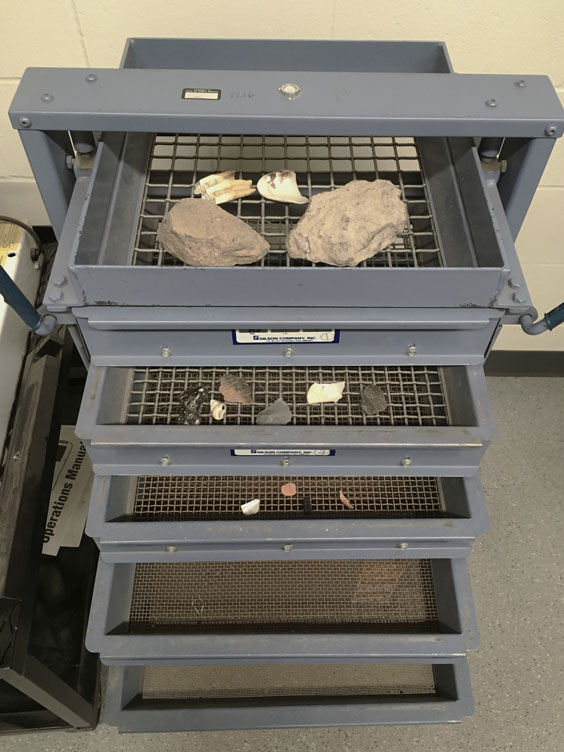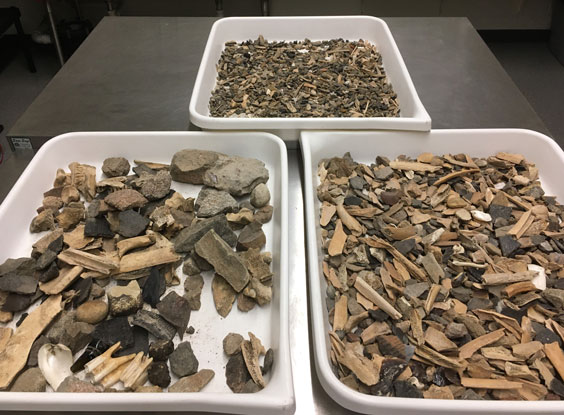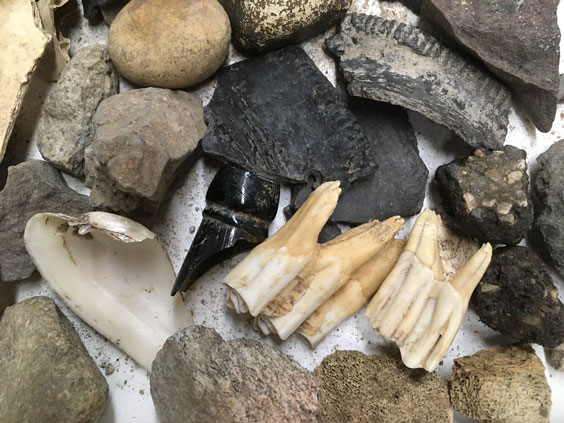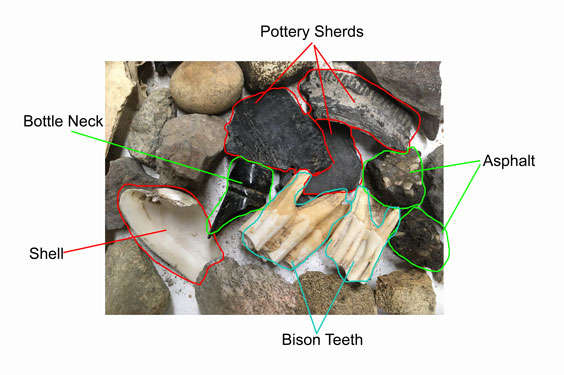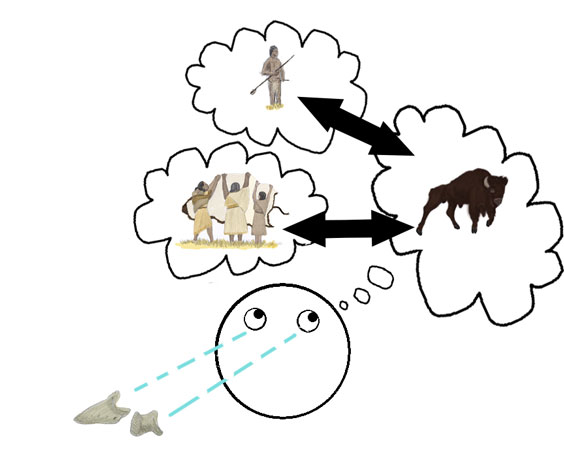Bismarck’s 150th Anniversary Celebrated in New State Archives Exhibit
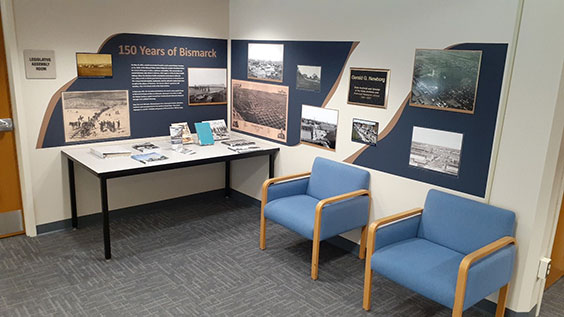
Summer is in full swing here in the State Archives, and patrons are busy engaging with our collections to answer their various research questions. This year also marks the 150th anniversary of Bismarck’s founding. To celebrate the occasion, the Archives reference team took on the task of selecting photographs from our collections to be part of a new exhibit in the corner of the reading room dedicated to former State Archivist Gerald Newborg. We affectionately call this space the “Newborg Nook.”
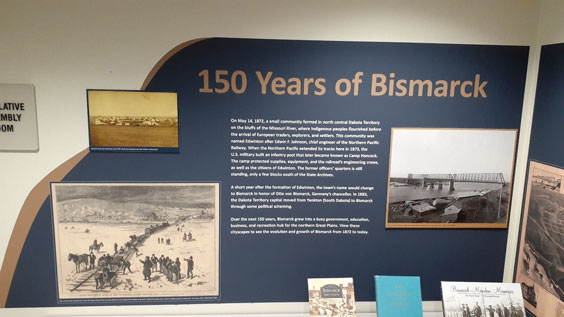
This space has two chairs and serves as a quiet place for people to sit and take in the reading room, as well as browse our selection of periodicals. It is also a space where small, temporary exhibits are put up to invite visitors to learn more about the topics covered in our holdings.
Prior to the new exhibit, this area hosted an exhibit on the centennial of the 19th Amendment, which granted women full suffrage in the United States. In considering what should go up in this space next, the Archives reference team concluded that the 150th anniversary of Bismarck was timely and would allow us to highlight photographs and other materials from our collection that deal with the city.
We went through our digitized images on Digital Horizons and our Photobook site and narrowed these down to our favorite ten. We also reflected upon what was significant to include in terms of local landmarks. Thus the former and current Capitol buildings, the Northern Pacific rail bridge, the Bismarck Civic Center, Kirkwood Mall, downtown, and residential scenes all found a place in our narrative. The resulting exhibit illustrates how Bismarck, initially named Edwinton, has changed over time and captures the richness of 150 years of history.
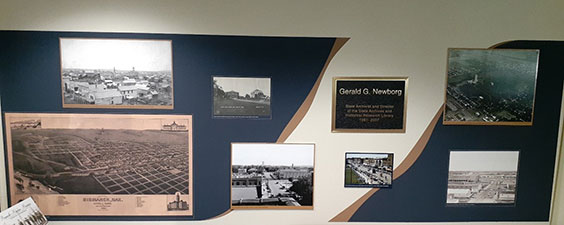
Andrew Kerr, one of our new media specialists in the Audience Engagement & Museum Department, worked his magic and put many of the images and captions onto large wall stickers that make the wall pop. This colorful design, featuring the palette used for the city’s 150th anniversary celebration in the spring, also included some mounted images to give the exhibit three-dimensional characteristics. Andrew did a great job with the installation, and it looks amazing.
This collaborative effort resulted in a cool little exhibit you will want to check out when visiting the reading room and features some books on Bismarck from our collections, including The Bismarck-Mandan Encyclopedia and the three-volume series Bismarck-Mandan Memories, that you can read while relaxing in the space. Be sure to check out the exhibit while it is up and keep an eye out for future exhibits in the space in coming years.



